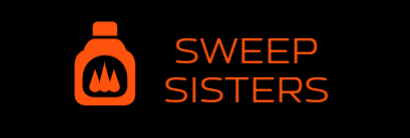How Often Should You Sweep Your Chimney in the UK? (And Why It Matters)
For many UK homeowners, especially in regions like Essex and Hertfordshire, the warmth of a wood-burning stove or open fire is a cherished part of winter. But what often goes unnoticed is the critical maintenance behind that comfort – and few things are more important than knowing exactly how often to sweep your chimney.
The question "How often should I sweep my chimney?" is one of the most common queries we receive at Sweep Sisters. The answer isn't simply "once a year" – it depends on several crucial factors including how often you use your stove, what fuel you burn, and the type of appliance you have. Getting this wrong could put your home and family at serious risk.
UK regulations and safety guidelines provide clear recommendations, but many homeowners are unaware of these requirements or don't understand why they matter. Neglecting proper chimney maintenance isn't just dangerous – it can invalidate your home insurance, result in costly fines, and most importantly, lead to house fires or carbon monoxide poisoning.
This comprehensive guide will walk you through everything you need to know about UK chimney sweeping frequency, legal requirements, and the warning signs that indicate your chimney needs immediate attention. Whether you're a new wood burner owner or have been using your fireplace for years, this information is essential for keeping your home safe.
